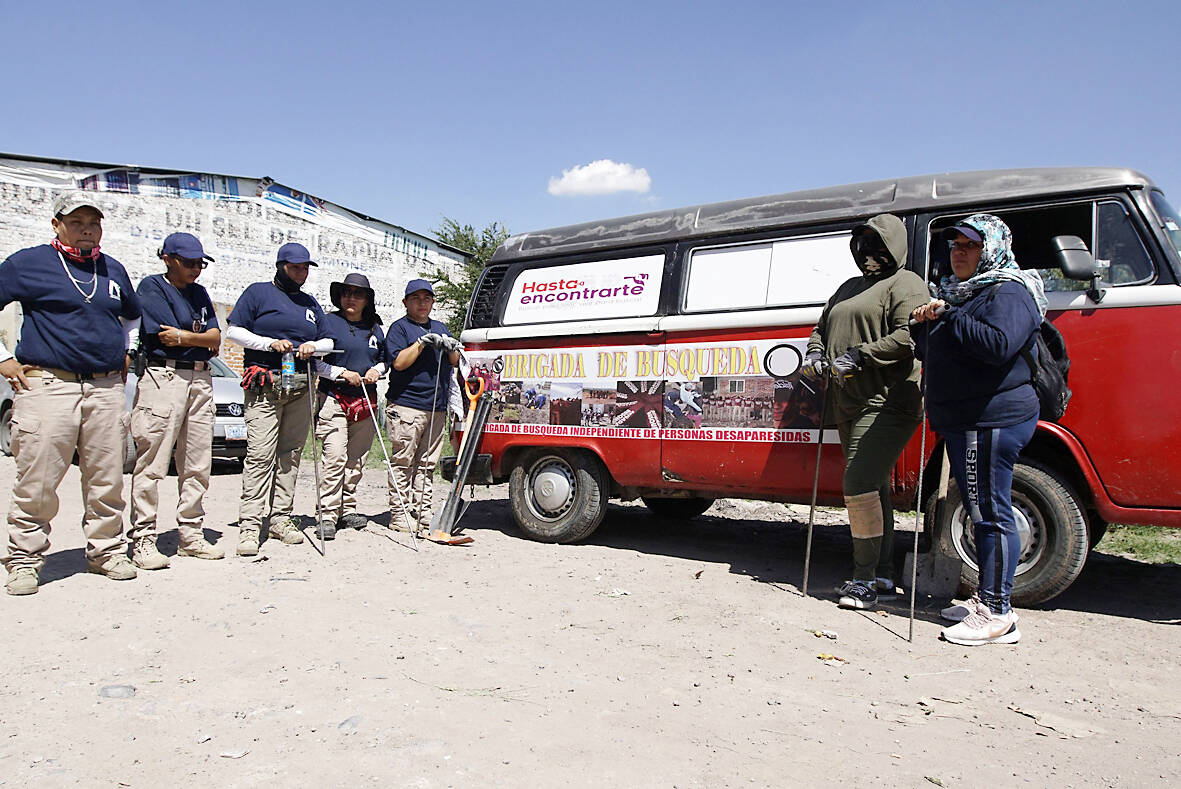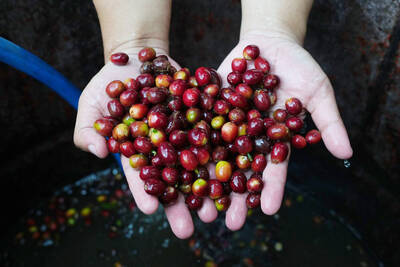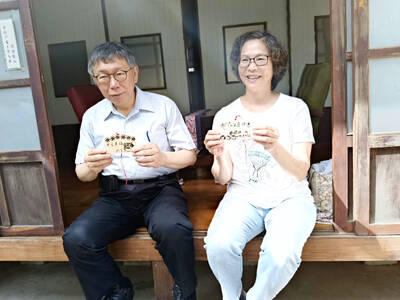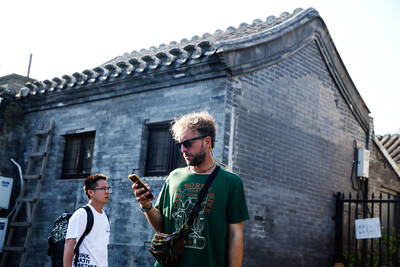When Yadira Martinez makes her son’s favorite dish, it feels like he is back home. So she and other mothers decided to share recipes in a cookbook dedicated to their missing children.
“When I prepare his eggs I feel that he’s here, that he’ll come and sit down to eat with us,” Martinez said at her house in Irapuato in Guanajuato, one of Mexico’s most violent states.
And proceeds from sales of the recipe book are helping to pay for the tireless search by her and other mothers for their children.

Photo:AFP
Around 3,700 people have gone missing in Guanajuato state in central Mexico, out of a total of more than 112,000 nationwide.
Most disappearances have taken place since 2006, when the government deployed the military in the war on drugs, leading to a spiral of violence.
Using an onion, tomatoes and chili peppers, Martinez makes the Mexican-style eggs with fried beans that her son Jaime loved so much until he disappeared in 2018 at the age of 22.

Photo:AFP
“Stuffed pepper for Antonio” and “Lasagna for Raymundo” are among more than 70 other dishes in the book aimed at keeping memories of the missing alive.
Karla Jimenez shared a recipe for enchiladas, the favorite dish of her brother Juan Valentin, who disappeared, aged 37, in 2020.
The book has a note on each missing person and their families’ struggles to find them.
“We all have a favorite dish. We have all cooked with love for someone, or someone cooked for us with love,” said Zahara Gomez Lucini, the photographer behind the project.
“It’s about talking about the missing in a different way, not just about the search for them or their death, but also about what they like, what they don’t like, what music they listen to,” she added.
Some 2,000 copies of the cookbook have been printed since October last year. Half of the profits from sales are donated to search groups.
Martinez has worked with the collective “Hasta Encontrarte” (Until I find you) for four years looking for her son and other missing persons.
The mothers report having located 180 bodies in Guanajuato since forming the group in 2021.
On one recent day, members used metal rods to search a patch of land after receiving an anonymous tip about possible remains.
“Afterward, we sniff the rods to see if there’s a smell of putrefaction. It might be because there is an unmarked grave,” said Carla Vasquez, 20, who is looking for her missing brother.
Armed police guarded the mothers from the dangers posed by criminal groups — a reflection of the risks they face even looking for the missing.
In May, a mother searching for her son was murdered in Guanajuato, where cartels vie for control of lucrative drug-trafficking routes.
Despite the dangers, the state is a major tourist destination and an industrial hub home to factories of foreign auto giants.
Guanajuato “attracts German or North American investments, but it’s also a state that attracts drug trafficking groups,” security analyst David Saucedo said.
In addition to the many missing, more than 420,000 people have been murdered in Mexico since 2006.
The country’s forensic system is overwhelmed, and tens of thousands of unidentified bodies lie unclaimed in morgues or mass graves.

Climate change, political headwinds and diverging market dynamics around the world have pushed coffee prices to fresh records, jacking up the cost of your everyday brew or a barista’s signature macchiato. While the current hot streak may calm down in the coming months, experts and industry insiders expect volatility will remain the watchword, giving little visibility for producers — two-thirds of whom farm parcels of less than one hectare. METEORIC RISE The price of arabica beans listed in New York surged by 90 percent last year, smashing on Dec. 10 a record dating from 1977 — US$3.48 per pound. Robusta prices have

A dozen excited 10-year-olds are bouncing in their chairs. The small classroom’s walls are lined with racks of wetsuits and water equipment, and decorated with posters of turtles. But the students’ eyes are trained on their teacher, Tseng Ching-ming, describing the currents and sea conditions at nearby Banana Bay, where they’ll soon be going. “Today you have one mission: to take off your equipment and float in the water,” he says. Some of the kids grin, nervously. They don’t know it, but the students from Kenting-Eluan elementary school on Taiwan’s southernmost point, are rare among their peers and predecessors. Despite most of

The resignation of Taiwan People’s Party (TPP) co-founder Ko Wen-je (柯文哲) as party chair on Jan. 1 has led to an interesting battle between two leading party figures, Huang Kuo-chang (黃國昌) and Tsai Pi-ru (蔡壁如). For years the party has been a one-man show, but with Ko being held incommunicado while on trial for corruption, the new chair’s leadership could be make or break for the young party. Not only are the two very different in style, their backgrounds are very different. Tsai is a co-founder of the TPP and has been with Ko from the very beginning. Huang has

A few years ago, getting a visa to visit China was a “ball ache,” says Kate Murray. The Australian was going for a four-day trade show, but the visa required a formal invitation from the organizers and what felt like “a thousand forms.” “They wanted so many details about your life and personal life,” she tells the Guardian. “The paperwork was bonkers.” But were she to go back again now, Murray could just jump on the plane. Australians are among citizens of almost 40 countries for which China now waives visas for business, tourism or family visits for up to four weeks. It’s